

Here are some of the favorite control-line model airplanes of Pacific Northwest. For the latest additions to the galleries, see the Favorite Planes main page.
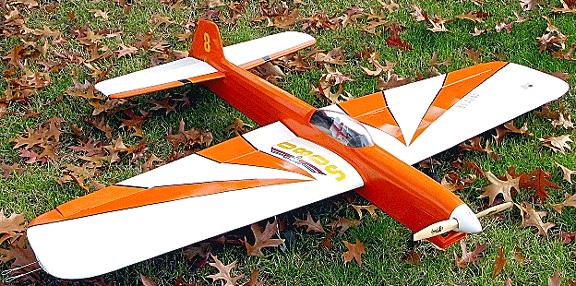
Leo Mehl of Portland, Ore., built a new Grinder in the winter of 2008-09. Latest version of Leo's venerable design features an O.S. LA 46 and weighs about 45 ounces. Leo Mehl photo.

Mike Massey of Cottage Grove, Ore., built this Profile Smoothie in late 2008 from a Brodak kit and powered by an old SuperTigre .35. A good flier. Flying Lines photo.
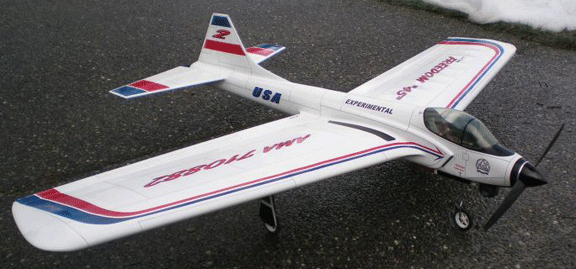
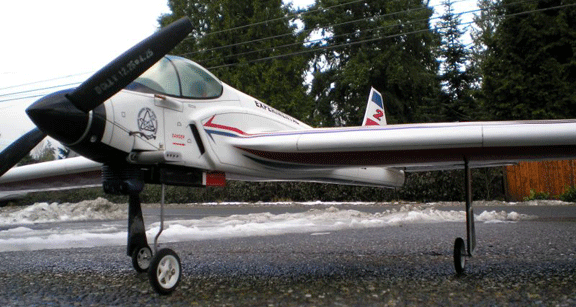 Mike Haverly of
Auburn, Wash., has built another beautiful Freedom 45, to replace the one
that was destroyed at the 2008 Vintage Stunt Championships. The Jack Sheeks-designed
plane weighs 55 ounces and is powered by an O.S. LA 46, finished with Randolph
dope with automotive clear on the removable parts. Mike Haverly photos.
Mike Haverly of
Auburn, Wash., has built another beautiful Freedom 45, to replace the one
that was destroyed at the 2008 Vintage Stunt Championships. The Jack Sheeks-designed
plane weighs 55 ounces and is powered by an O.S. LA 46, finished with Randolph
dope with automotive clear on the removable parts. Mike Haverly photos.
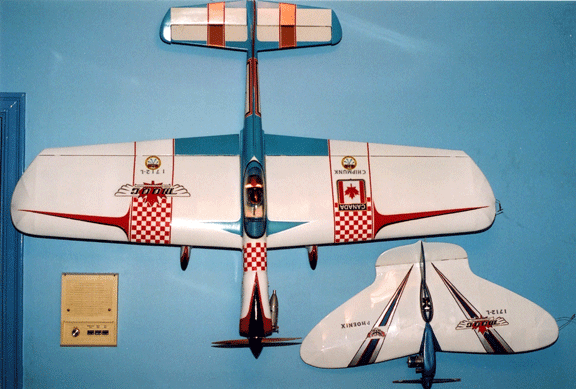
Two interesting planes by Henry Hajdik of New Westminster, B.C. The big plane is a restored 25-year-old Chipmunk, powered by a modified O.S. .40FP. The flying wing, called the "Phoenix," "arose from the ashes of a profile flying wing by Harold Youds," Henry says. Henry converted the wreckage into his version of the Harold DeBolt Sportwing from the 1950s. It is powered by a Fox .15BB. Henry also has an original Sportwing powered by a K&B .19 greenhead. He says the wings are fast and aerobatic but getting the CG right is critical, or they can become "highly control sensitive" but fun to fly nonetheless. Henry Hajdik photos.
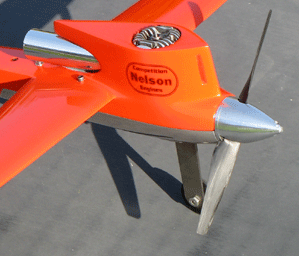
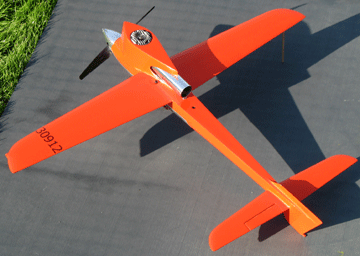
Built for speed! This elegant Formula 40 speed plane was built by Marty Higgs and finished in "Walther Orange," a K&B epoxy color mix, by Steve Walther of North Vancouver, B.C. Formula 40 is an excellent speed event entry point, as it involves two-wire flying and a standard one-wheel takeoff and landing. Steve Walther photos.
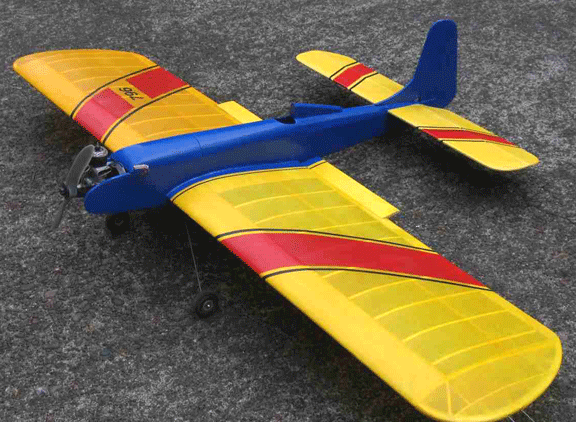
"Finding myself with nothing to do last weekend, I built another OTS model," says Floyd Carter of Eugene, Ore. "This is Bob Palmer's Go-Devil, dating from about 1948. It is considered to be the first stunt model with wing flaps. Palmer later added full span flaps and called it the Chief, the first of a series of Veco kits with Indian names. I'm trying to duplicate the Go-Devil that Palmer actually flew using a little O&R 23 motor. Mine has the slightly larger O&R 29, but it is still weak on power. This one is very light at 26.5 oz, so maybe the O&R will pull it through the OTS pattern." Floyd Carter photo.
This page was upated March 31, 2009